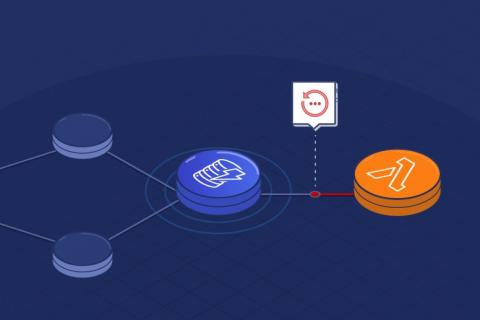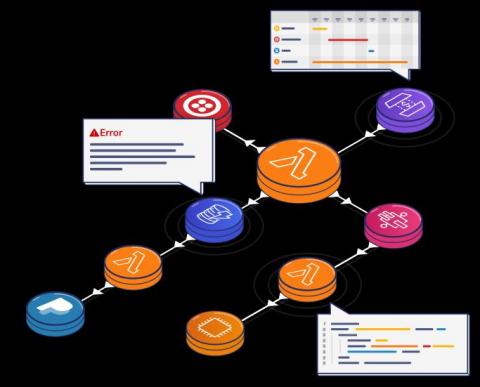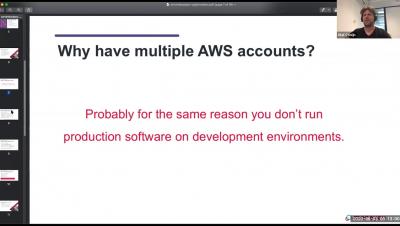This is all you need to know about Lambda cold starts
So much has been written about Lambda cold starts. It’s easily one of the most talked-about and yet, misunderstood topics when it comes to Lambda. Depending on who you talk to, you will likely get different advice on how best to reduce cold starts. So in this post, I will share with you everything I have learned about cold starts in the last few years and back it up with some data.








